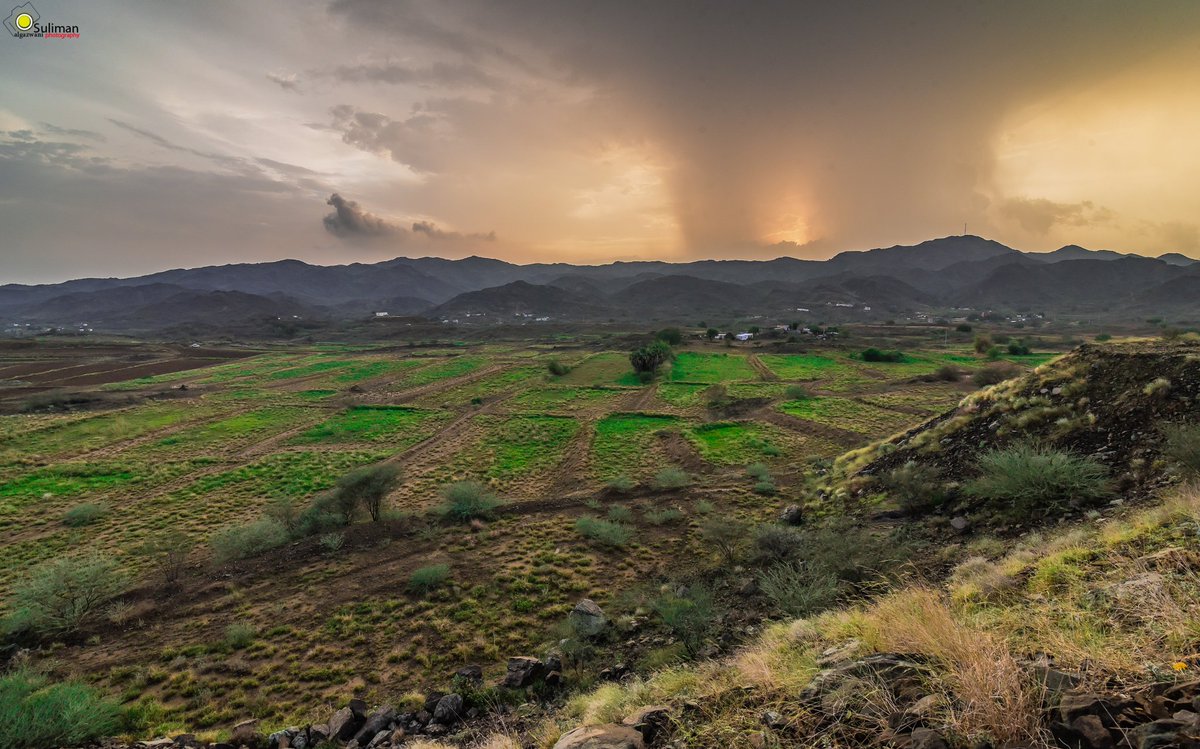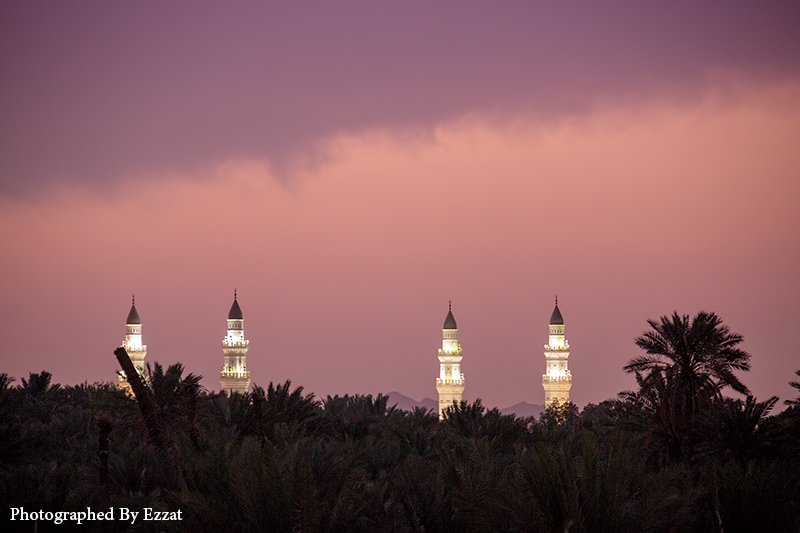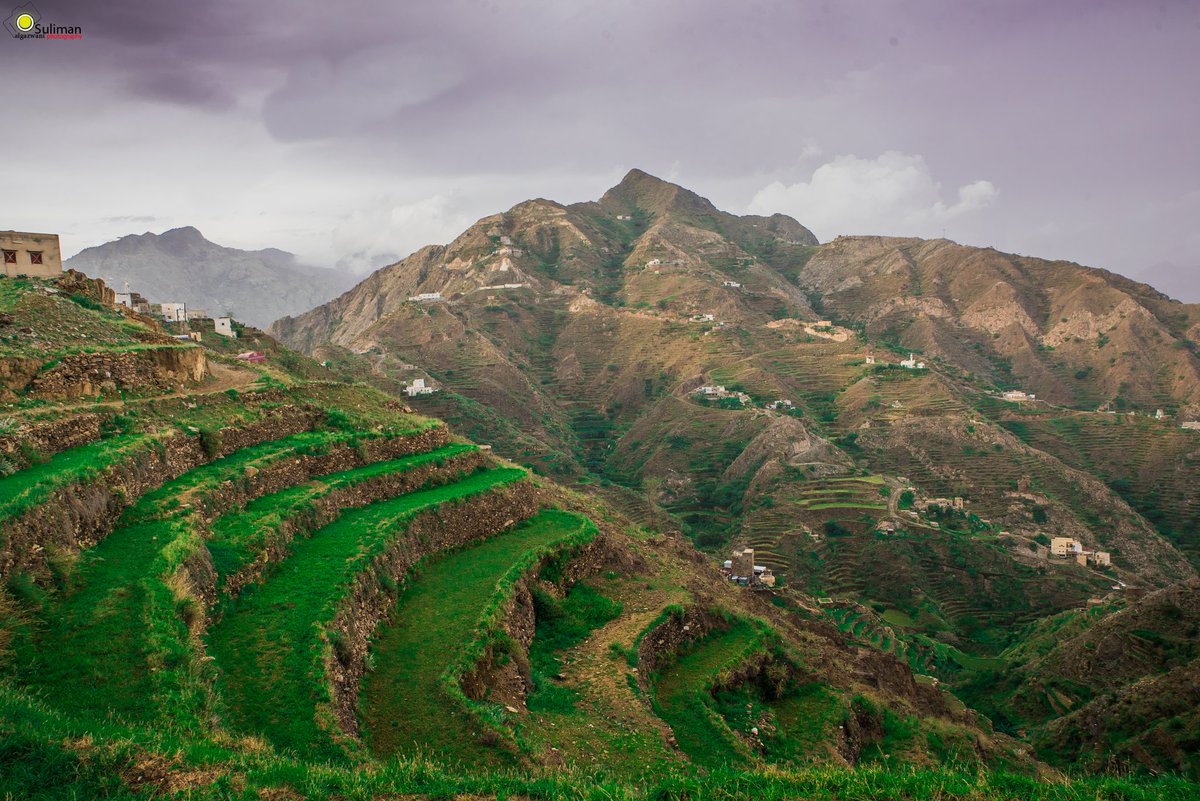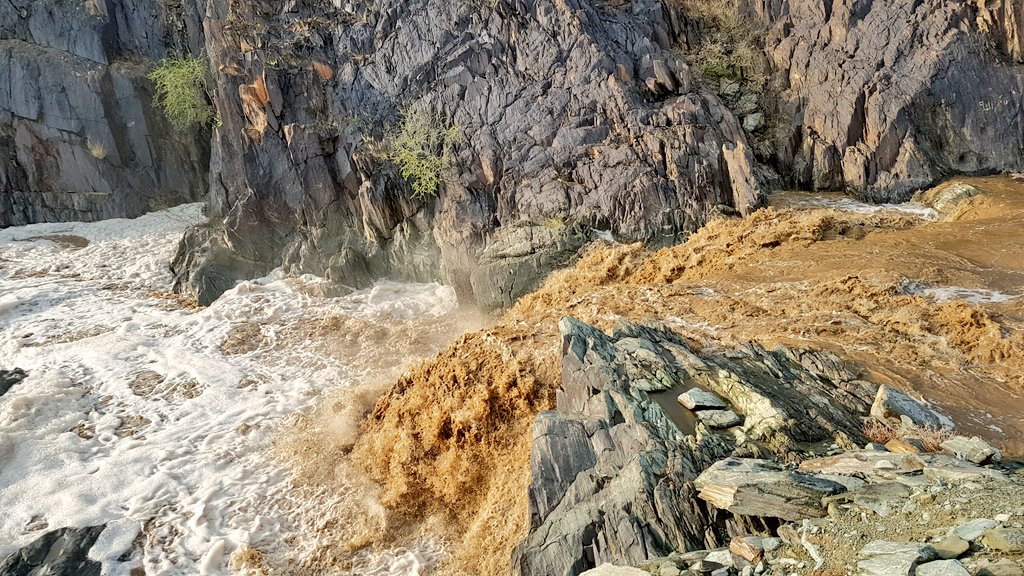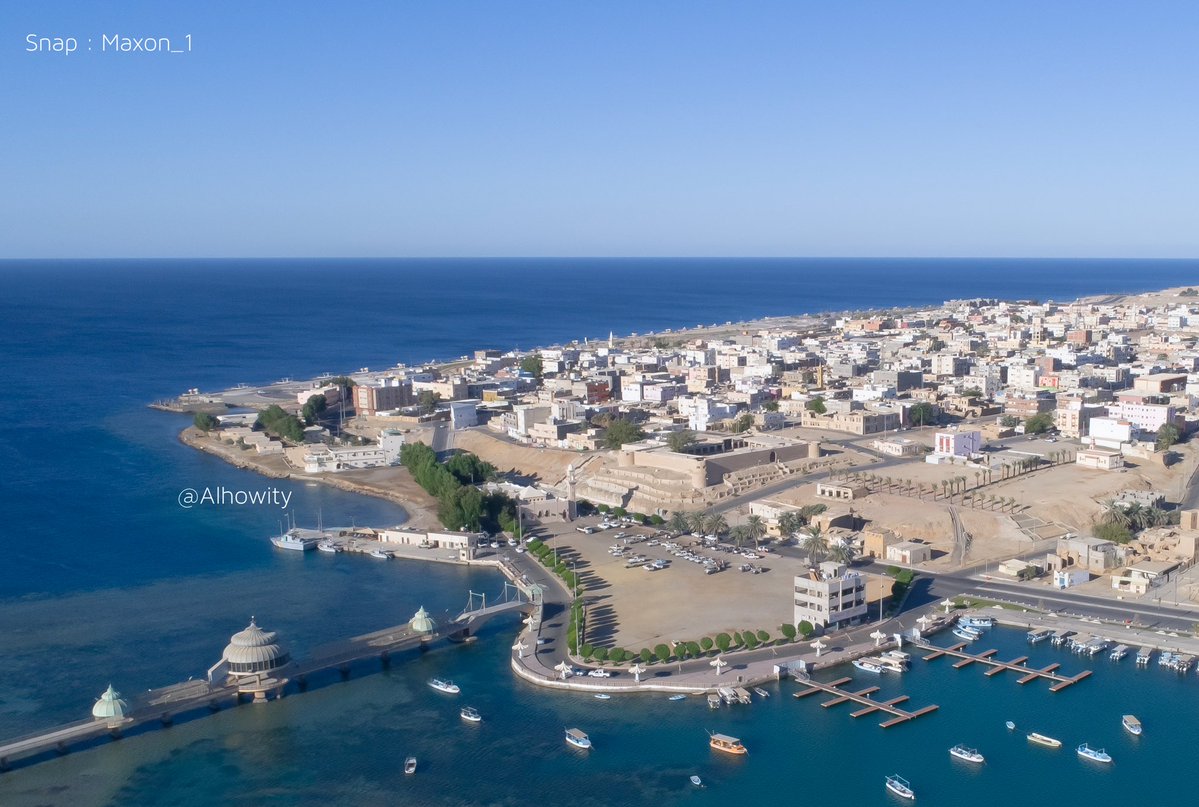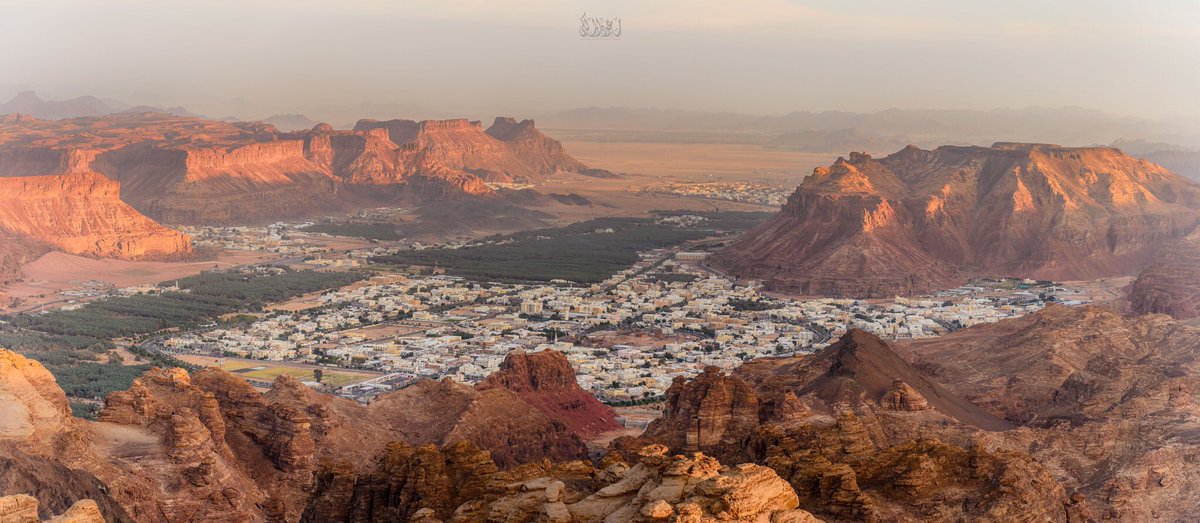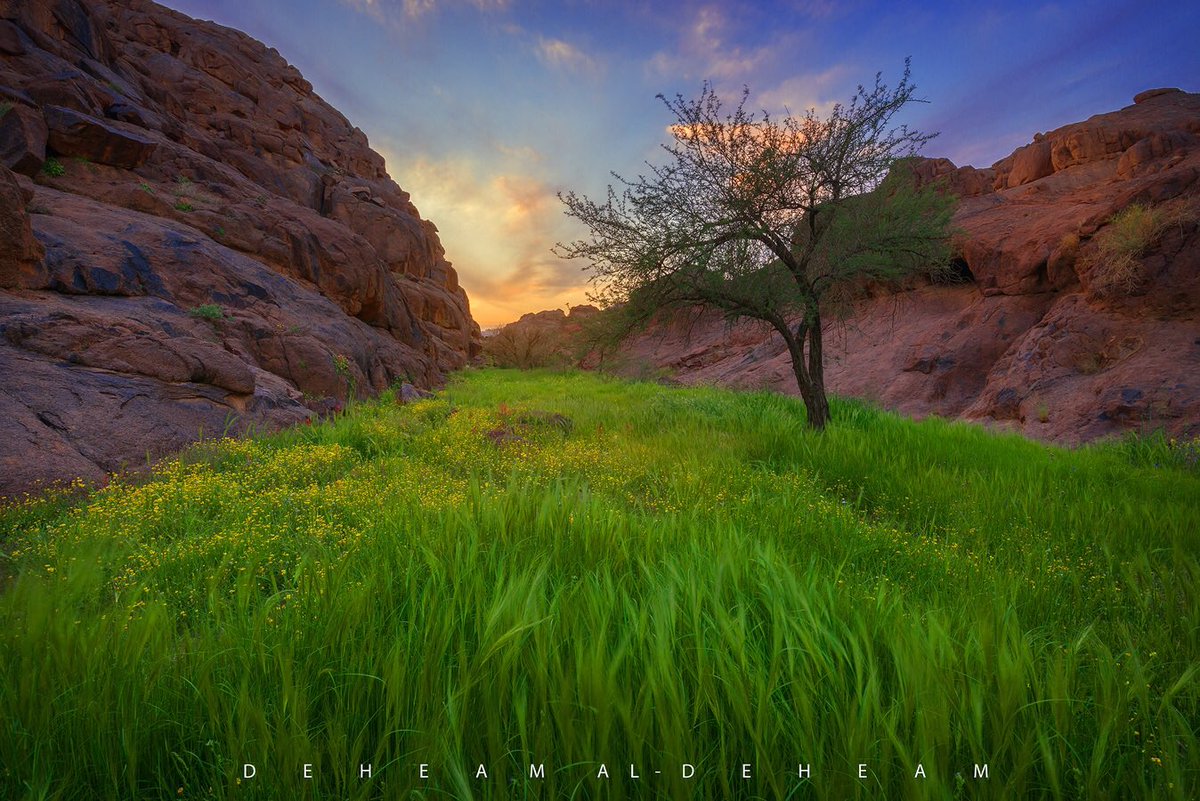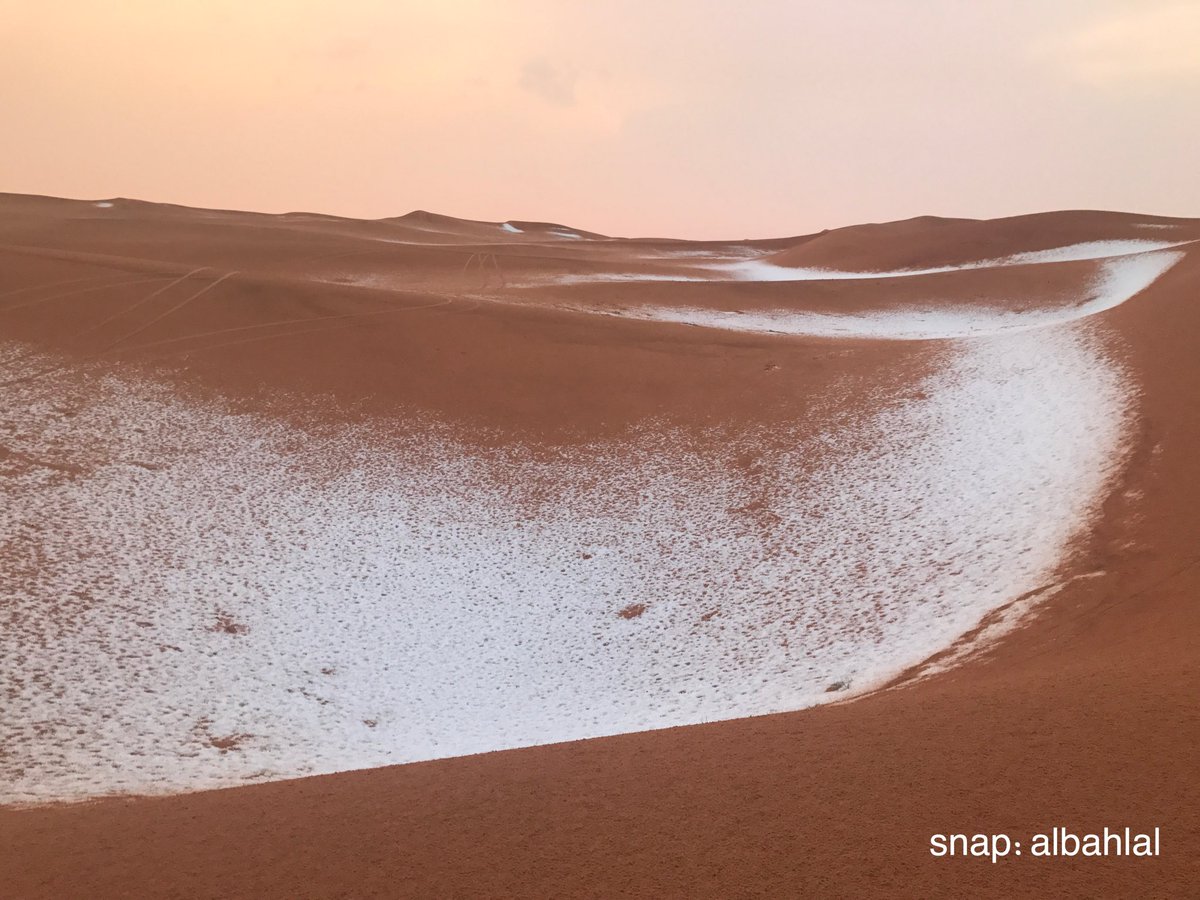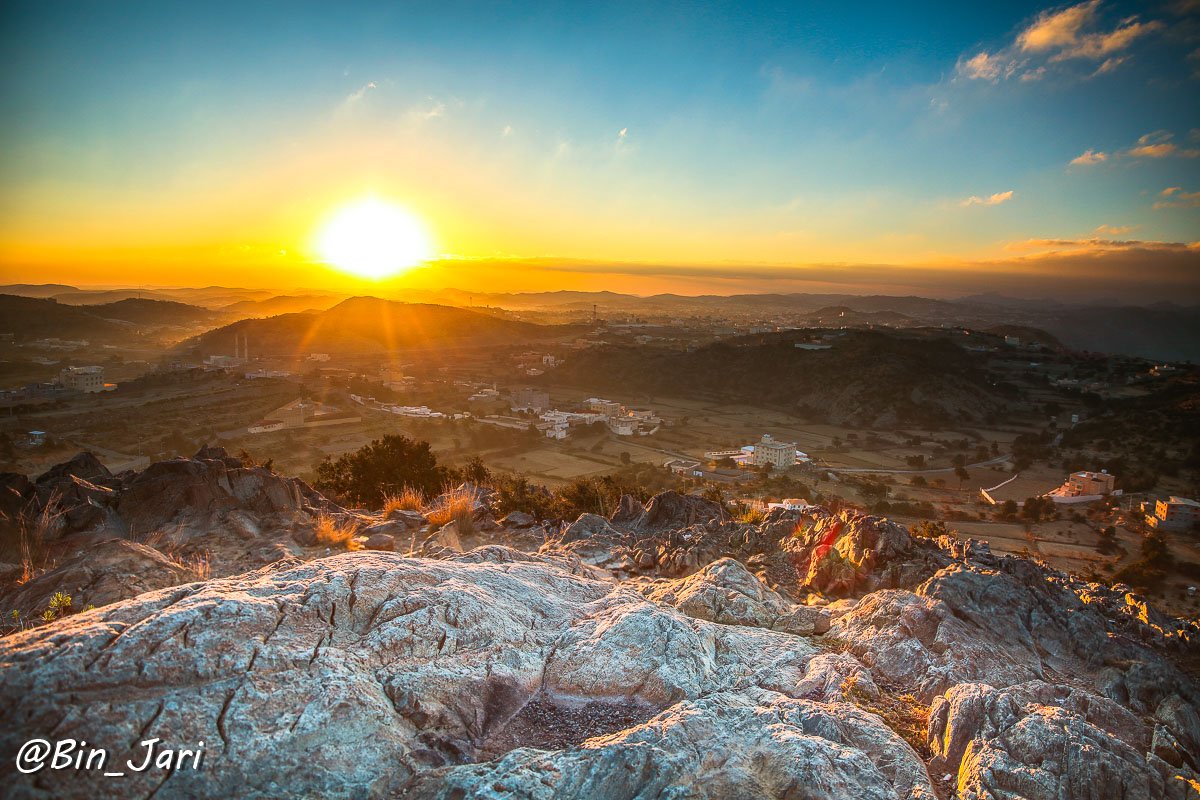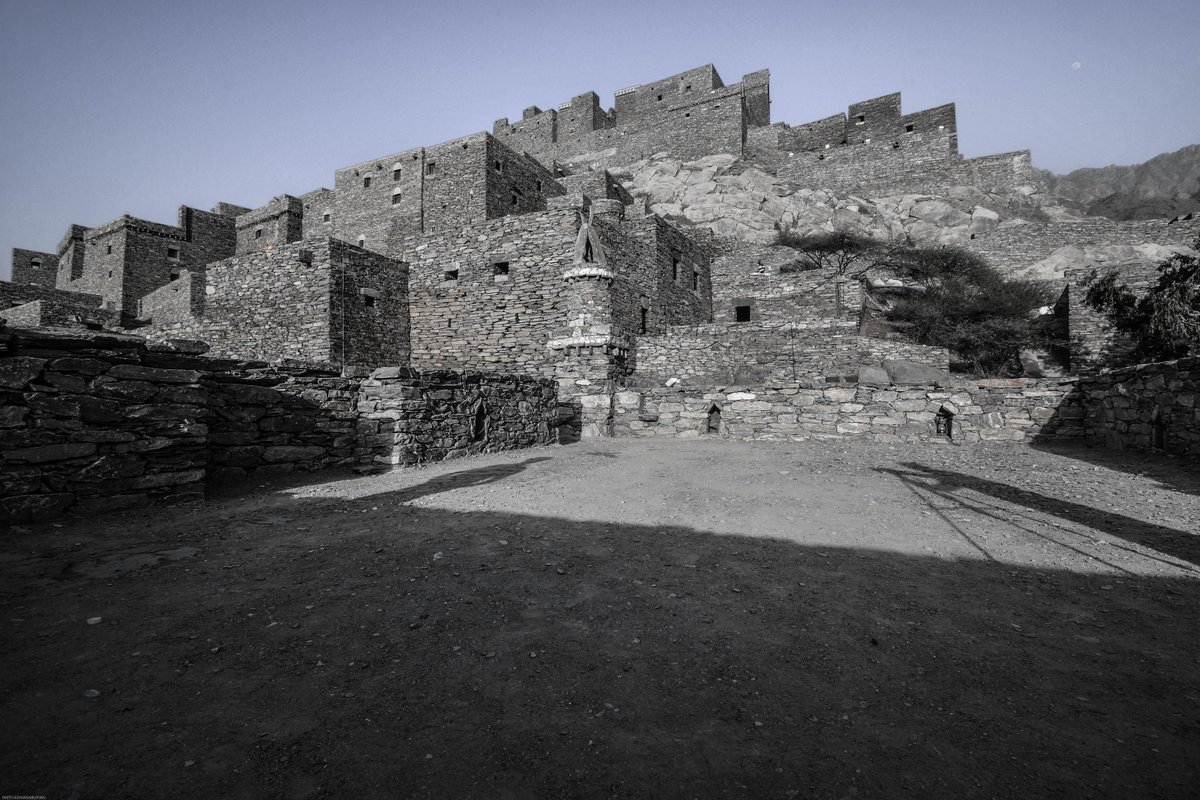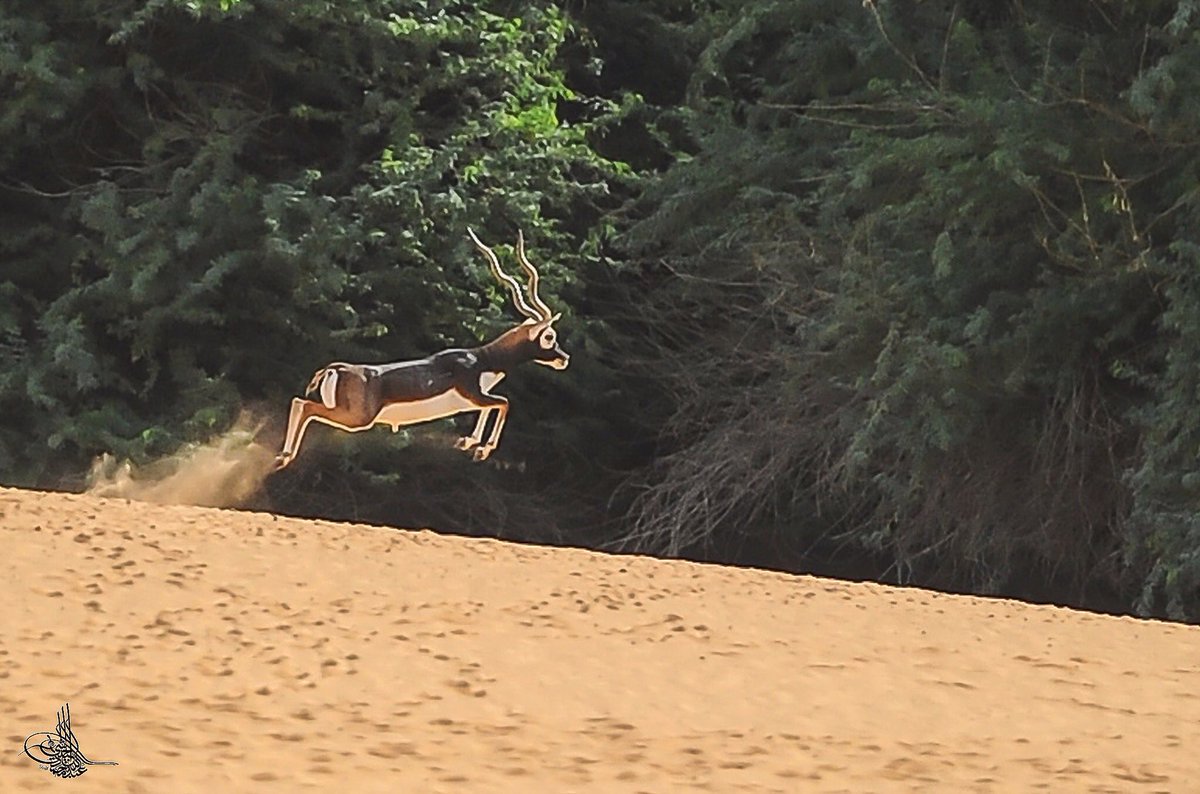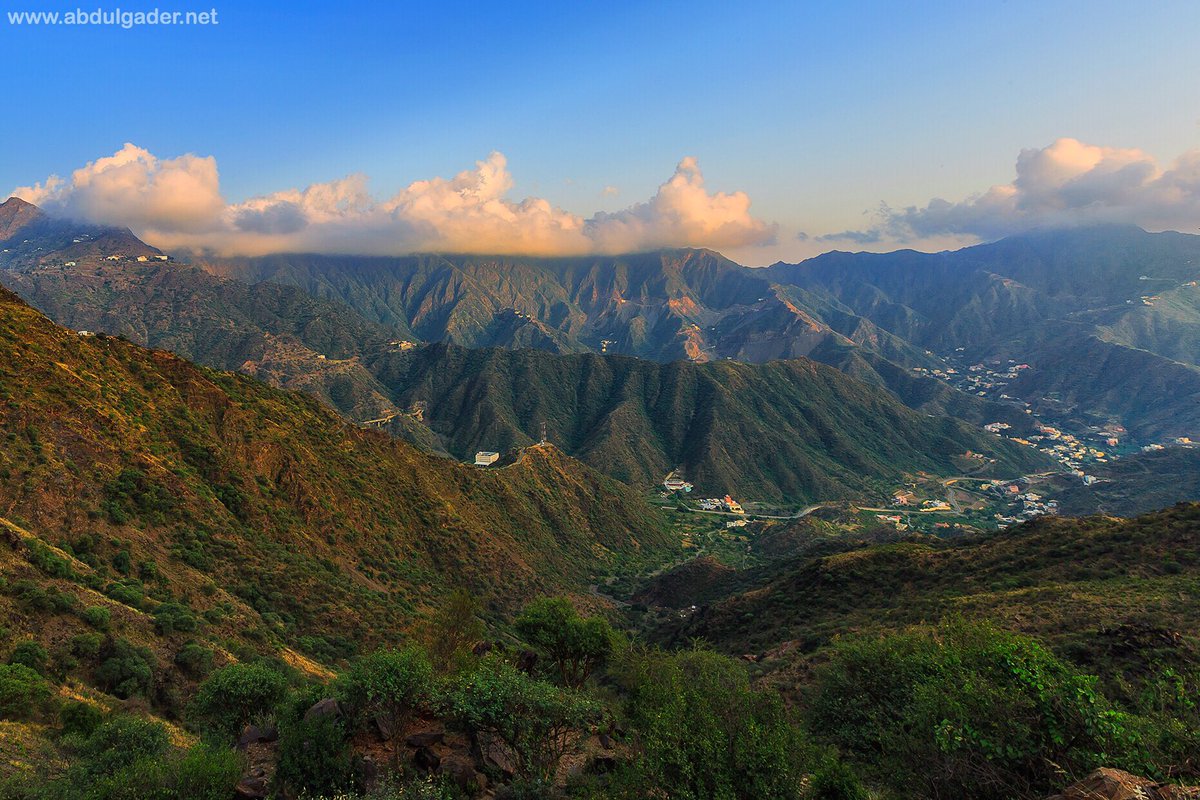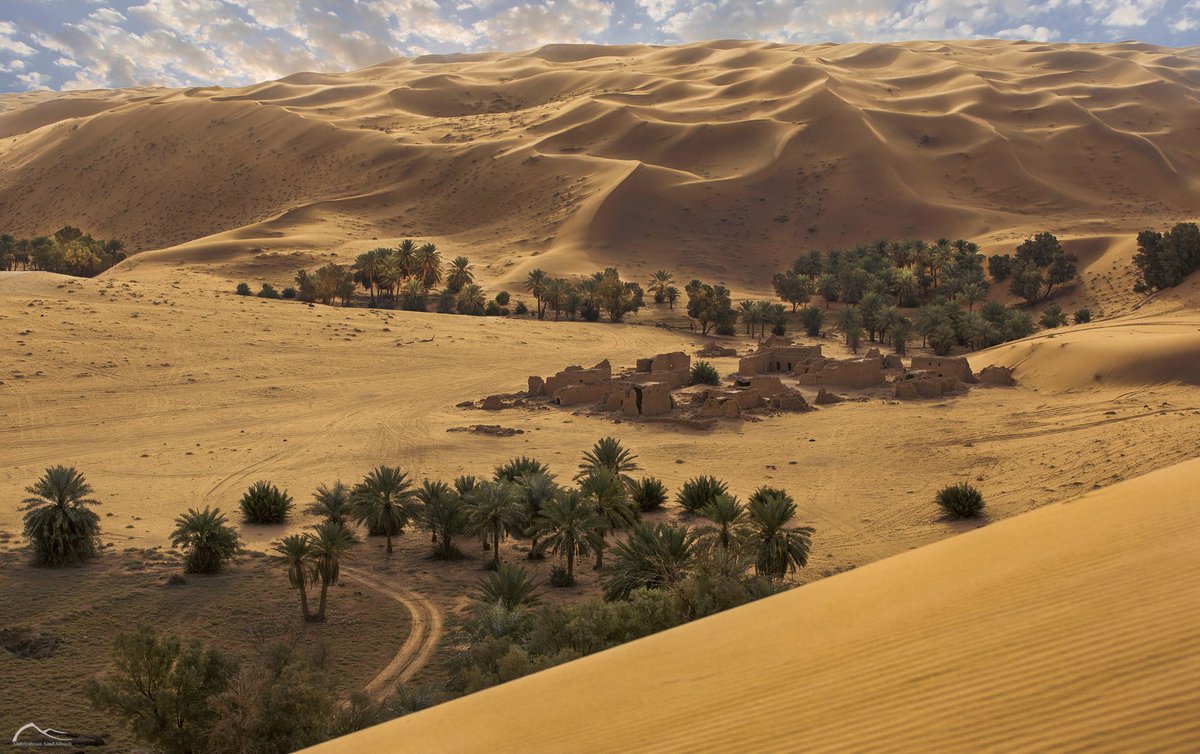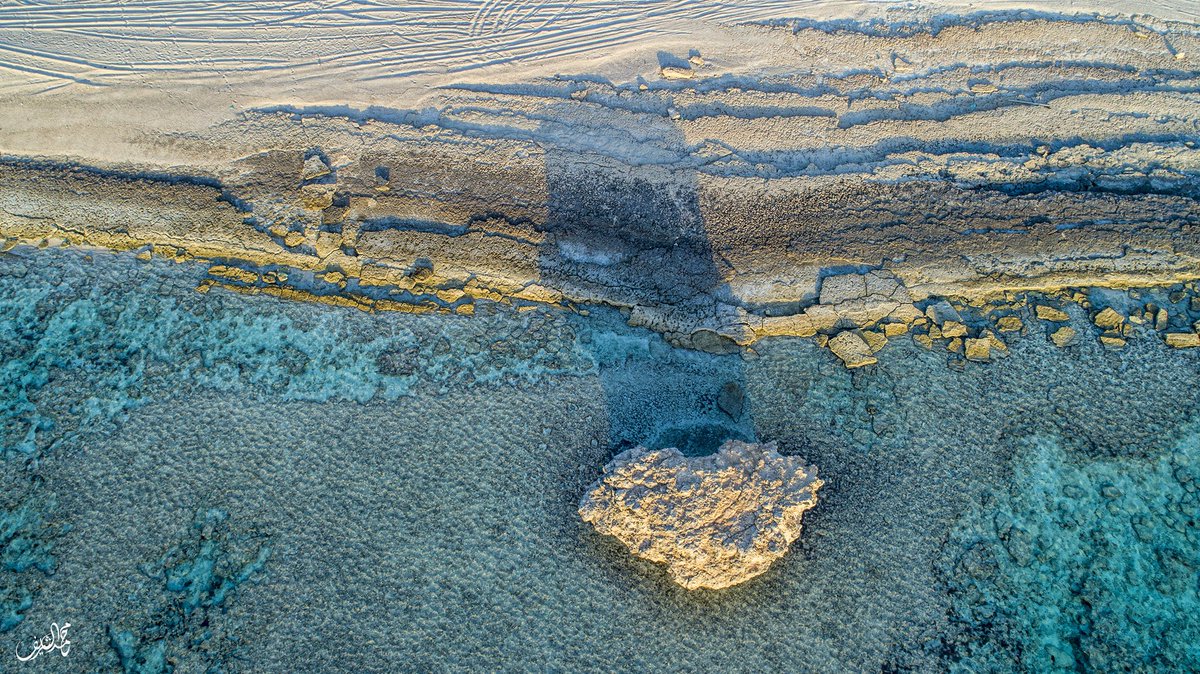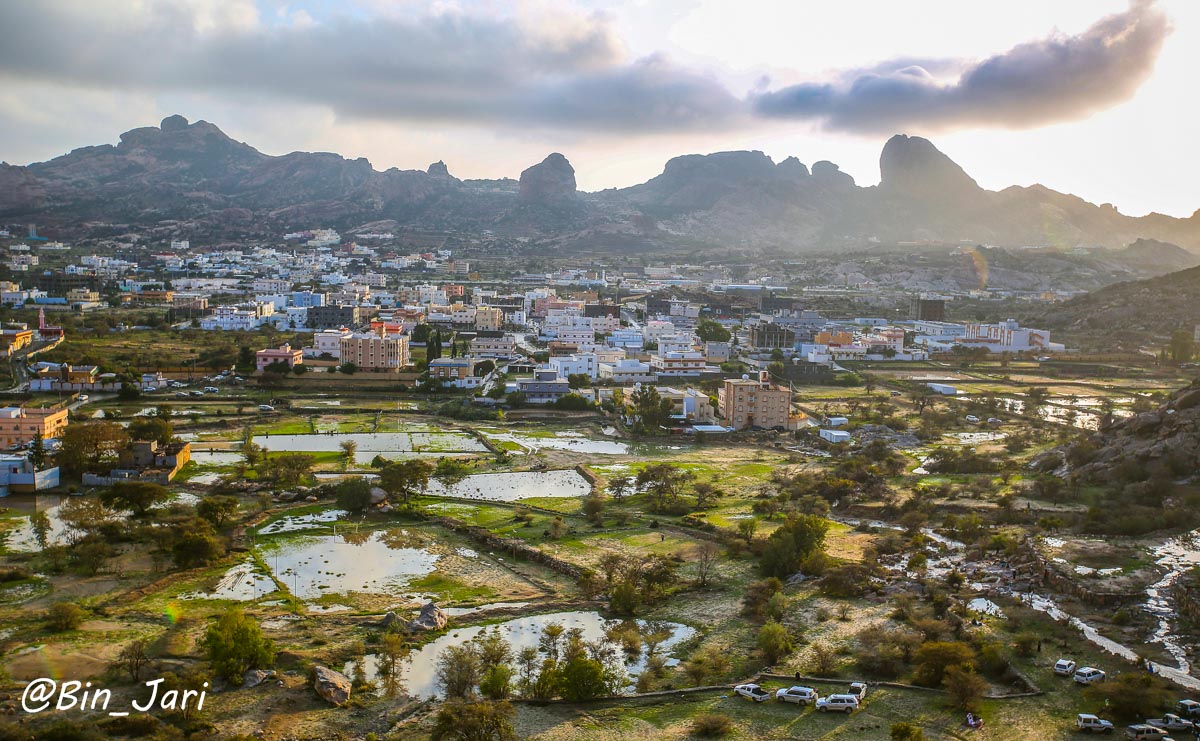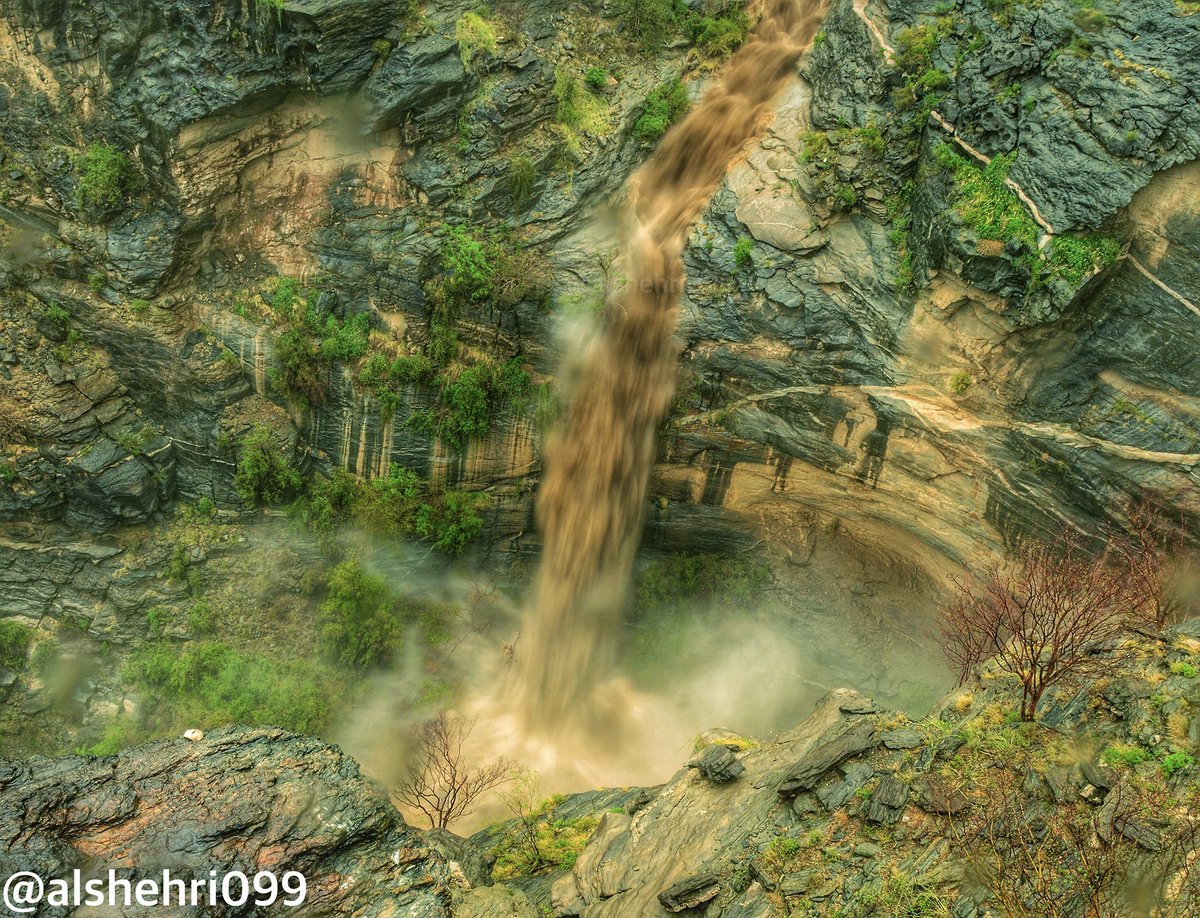Saif al-Arab
BANNED

- Joined
- Mar 26, 2015
- Messages
- 8,873
- Reaction score
- 5
- Country
- Location
 . . #عقبة_الابناء مناظر من الجمال الطبيعي تأسر قلبگ طول الطريق . . من #تصويري يوم الجمعة 14-3-1437هـ . . #مصوري_الباحة #طبيعة_الباحة #الباحة_عشق_اهل_الجنوب #الجنوب_بعدسة_أبنائه #jnoub #aljnoobpro by Ahmad Suliman, on Flickr
. . #عقبة_الابناء مناظر من الجمال الطبيعي تأسر قلبگ طول الطريق . . من #تصويري يوم الجمعة 14-3-1437هـ . . #مصوري_الباحة #طبيعة_الباحة #الباحة_عشق_اهل_الجنوب #الجنوب_بعدسة_أبنائه #jnoub #aljnoobpro by Ahmad Suliman, on Flickr . . أرعدي يا سحابه فوق هاك التلال . . #منظر من شفا قرية الفُرية و #البرق يضرب #جبل_اثرب والامطار تهطل على #تهامه . . #مصوري_الباحة #طبيعة_الباحة #مصوري_الجنوب #تغذية_بصرية #الباحة_سحر_الطبيعة #الباحة_عشق_أهل_الجنوب #برق #بلجرشي by Ahmad Suliman, on Flickr
. . أرعدي يا سحابه فوق هاك التلال . . #منظر من شفا قرية الفُرية و #البرق يضرب #جبل_اثرب والامطار تهطل على #تهامه . . #مصوري_الباحة #طبيعة_الباحة #مصوري_الجنوب #تغذية_بصرية #الباحة_سحر_الطبيعة #الباحة_عشق_أهل_الجنوب #برق #بلجرشي by Ahmad Suliman, on Flickr . . #عقبة_الابناء من الاماكن اللي اعشق تصويرها . فطبيعتها وزوايها مختلفة عن أي مكان أصور فيه . . #مصوري_الباحة #الباحة_عشق_اهل_الجنوب #jnoub #الجنوب_بعدسة_أبنائه by Ahmad Suliman, on Flickr
. . #عقبة_الابناء من الاماكن اللي اعشق تصويرها . فطبيعتها وزوايها مختلفة عن أي مكان أصور فيه . . #مصوري_الباحة #الباحة_عشق_اهل_الجنوب #jnoub #الجنوب_بعدسة_أبنائه by Ahmad Suliman, on Flickr . . قرية #ذي_عين الأثرية . . #تصويري يوم السبت 15-3-1437هـ . . #مصوري_الباحة #تراث #طبيعة_الباحة #jnoub #aljnoobpro #الجنوب_بعدسة_أبنائه #الباحة_عشق_اهل_الجنوب #قرية_ذي_عين by Ahmad Suliman, on Flickr
. . قرية #ذي_عين الأثرية . . #تصويري يوم السبت 15-3-1437هـ . . #مصوري_الباحة #تراث #طبيعة_الباحة #jnoub #aljnoobpro #الجنوب_بعدسة_أبنائه #الباحة_عشق_اهل_الجنوب #قرية_ذي_عين by Ahmad Suliman, on Flickr Al Kindy Square by waleed hider, on Flickr
Al Kindy Square by waleed hider, on Flickr من الماضي by ابراهيم الزارعي, on Flickr
من الماضي by ابراهيم الزارعي, on Flickr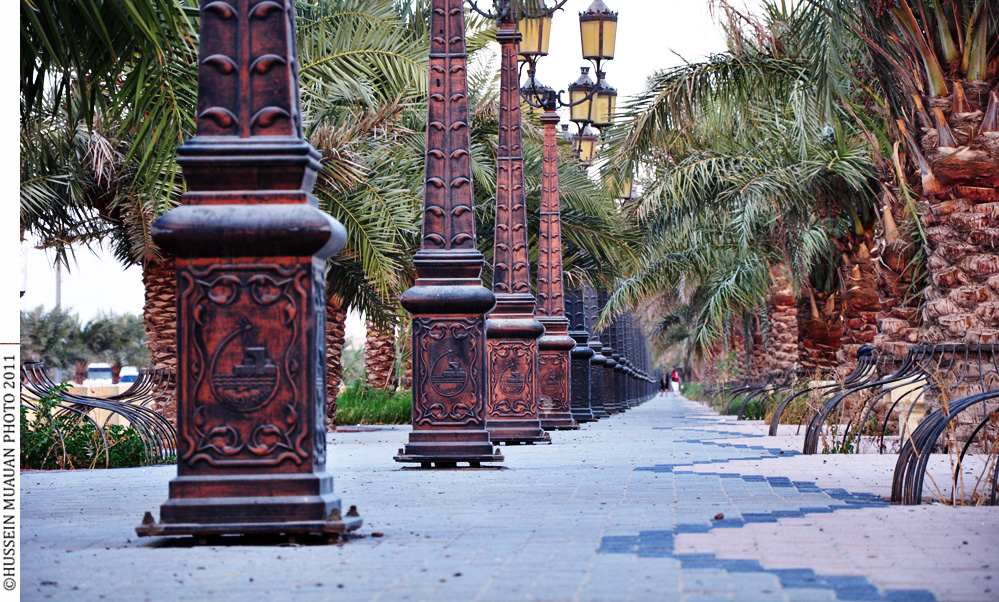 السلمانية by Hussein Ali, on Flickr
السلمانية by Hussein Ali, on Flickr Trip to Hofuf in Saudi Arabia by rougetete, on Flickr
Trip to Hofuf in Saudi Arabia by rougetete, on Flickr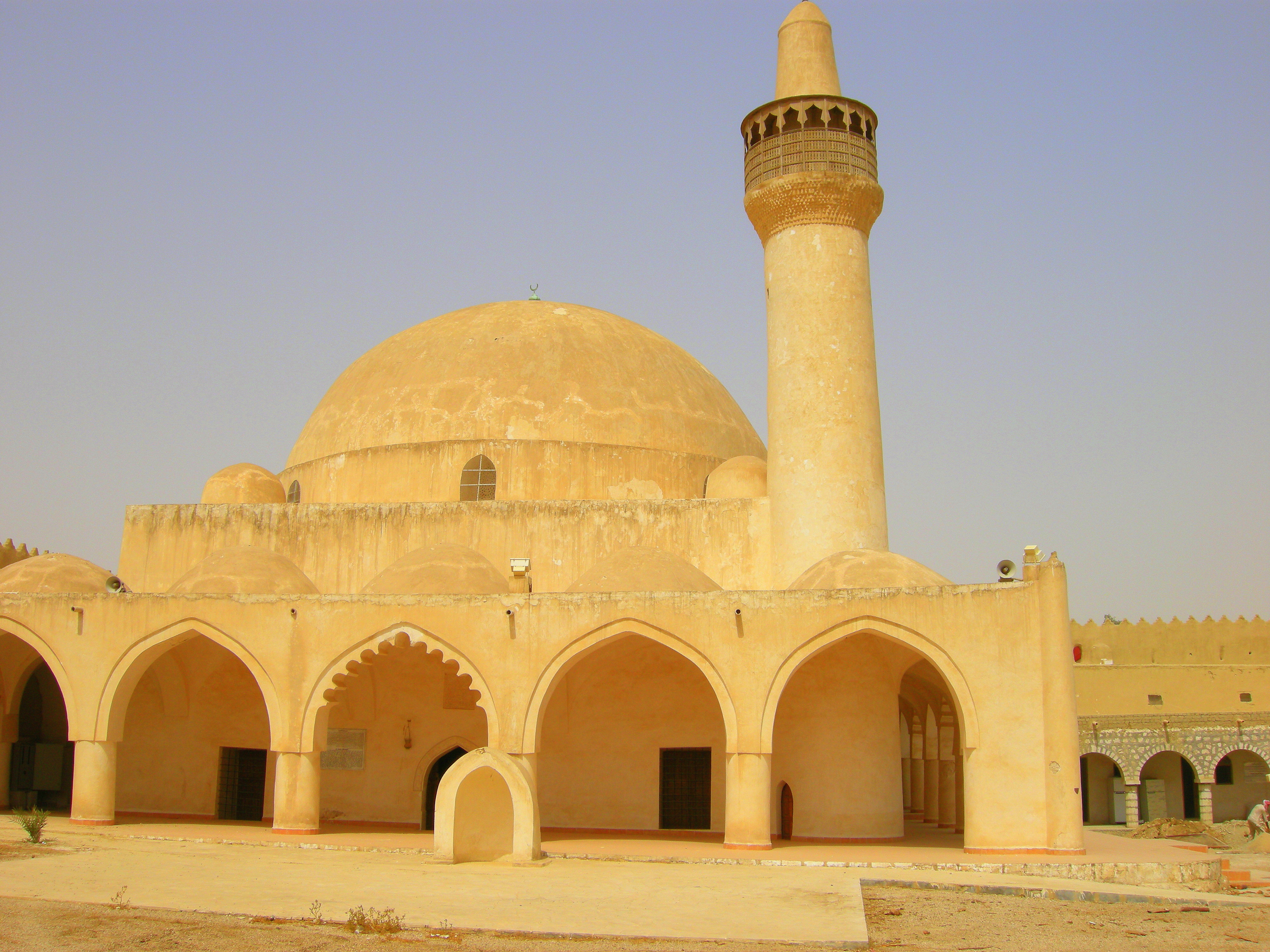 Trip to Hofuf in Saudi Arabia by rougetete, on Flickr
Trip to Hofuf in Saudi Arabia by rougetete, on Flickr Land جبل القارة by Flower's.Lover, on Flickr
Land جبل القارة by Flower's.Lover, on Flickr G view6 by Dr.Hassan Alkhars, on Flickr
G view6 by Dr.Hassan Alkhars, on Flickr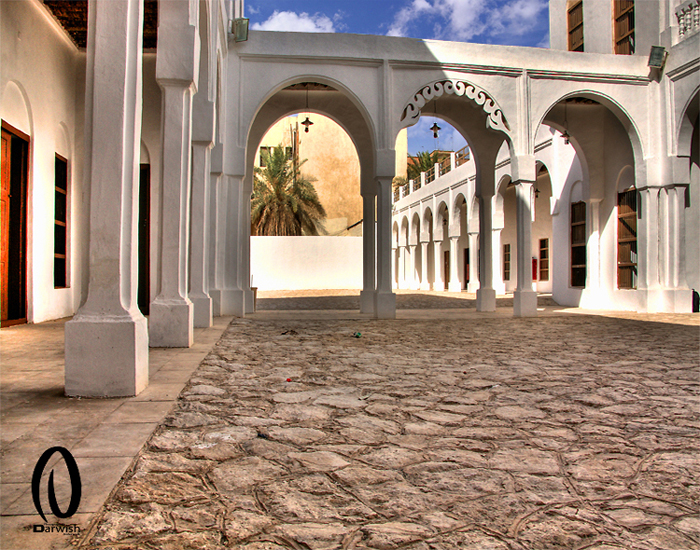 المدرسة الأولى بالأحساء by درويش darwish aldarwish, on Flickr
المدرسة الأولى بالأحساء by درويش darwish aldarwish, on Flickr نخيل الاحساء by Saeed ALmodhi, on Flickr
نخيل الاحساء by Saeed ALmodhi, on Flickr qaser and the Port Aqeer by Ali AlMana, on Flickr
qaser and the Port Aqeer by Ali AlMana, on Flickr _DSC1299 by Ayman Shehab, on Flickr
_DSC1299 by Ayman Shehab, on Flickr The first school Hofuf المدرسة الأولى بالهفوف by A. Alwosaibie, on Flickr
The first school Hofuf المدرسة الأولى بالهفوف by A. Alwosaibie, on Flickr Nawaf & Aljazi by Ebtesam., on Flickr
Nawaf & Aljazi by Ebtesam., on Flickr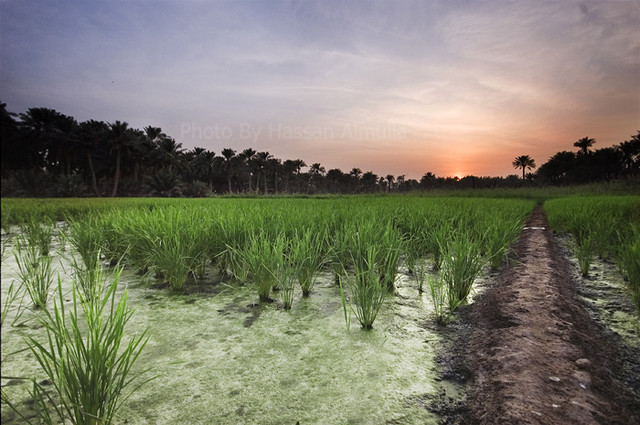 الارز الاحسائي by hassan ali, on Flickr
الارز الاحسائي by hassan ali, on Flickr ابتسامة ابناء عودة سدير by محمد السويح, on Flickr
ابتسامة ابناء عودة سدير by محمد السويح, on Flickr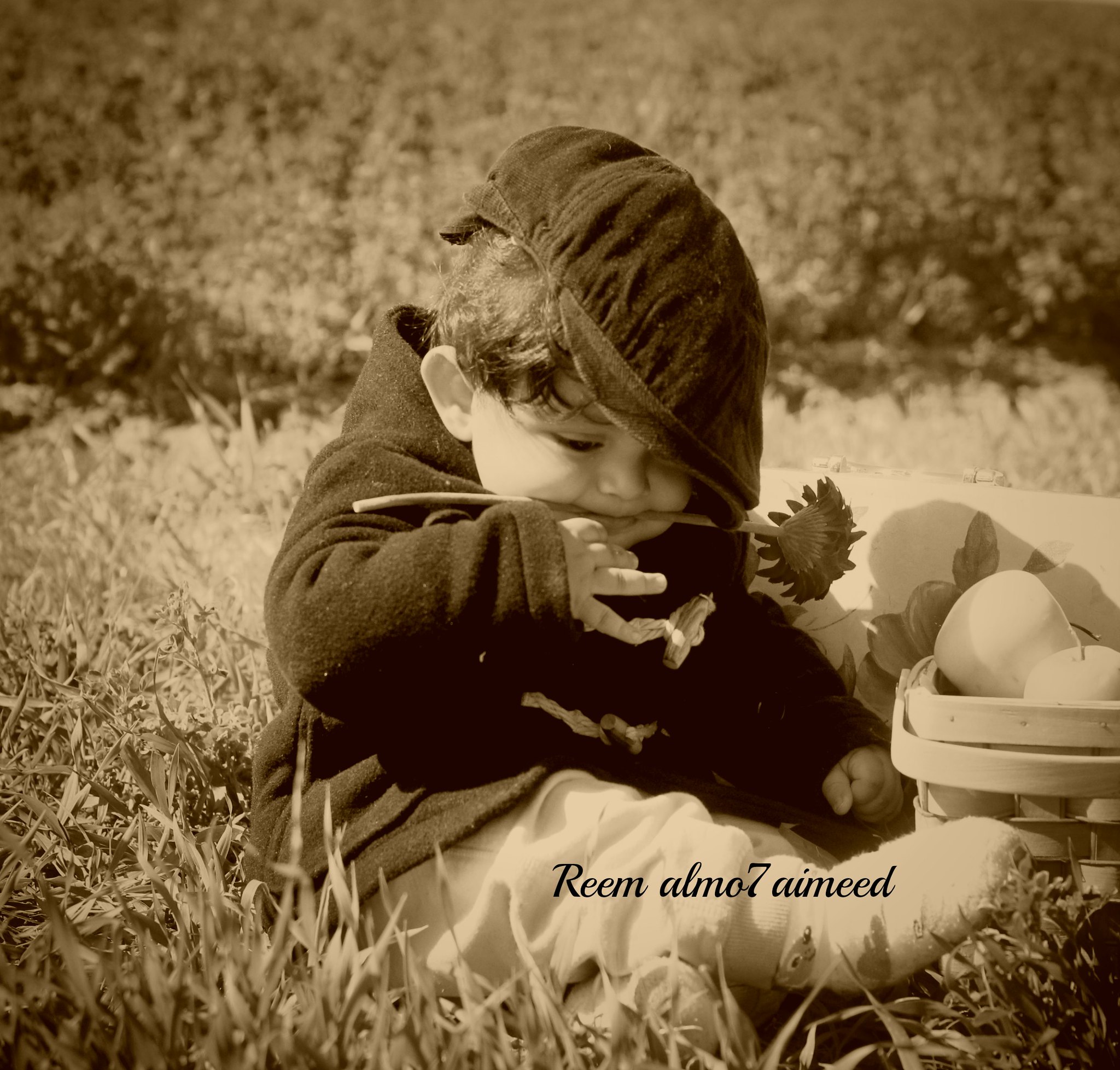 Thanks:aziz اعجز عن نسيانك في لحظه سكون..وحتى بين ضجيج البشر اعجز عن ذكراك.. -ماشاء الله by reemah mo7aimeed, on Flickr
Thanks:aziz اعجز عن نسيانك في لحظه سكون..وحتى بين ضجيج البشر اعجز عن ذكراك.. -ماشاء الله by reemah mo7aimeed, on Flickr
Last edited by a moderator:









